Top Things to Know Before Buying Garden Design Plans: Your Guide to a Blooming Success
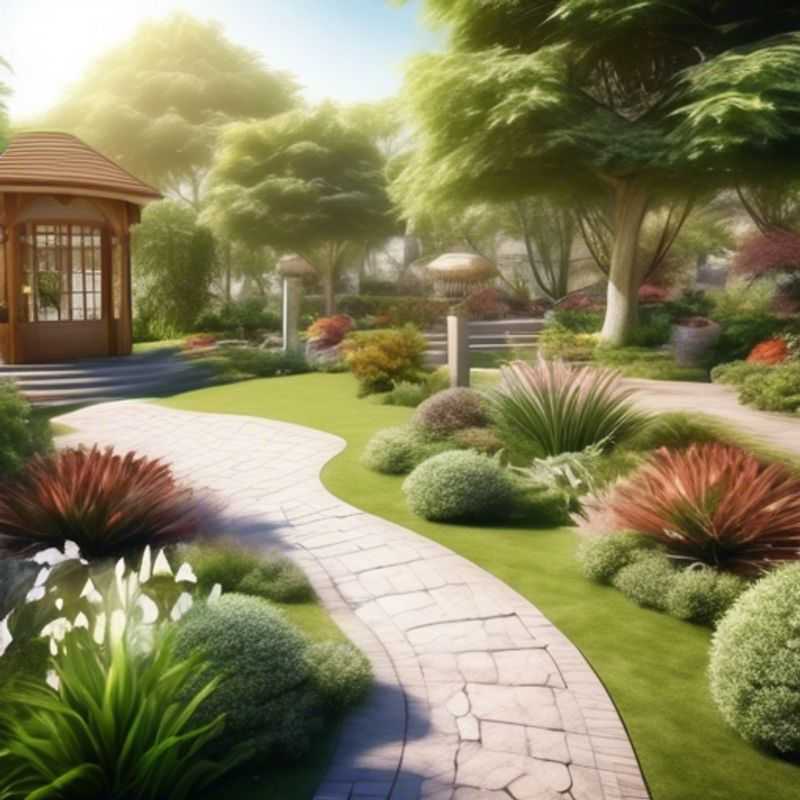
Top Things to Know Before Buying Garden Design Plans: A Guide to Choosing the Right Fit
Embarking on a garden design project is an exciting endeavor, but it's crucial to do your homework before diving in. Purchasing a plan without careful consideration can lead to disappointment and wasted effort. Here's a rundown of essential factors to consider before you buy:
1. Determine Your Garden Size and Layout:
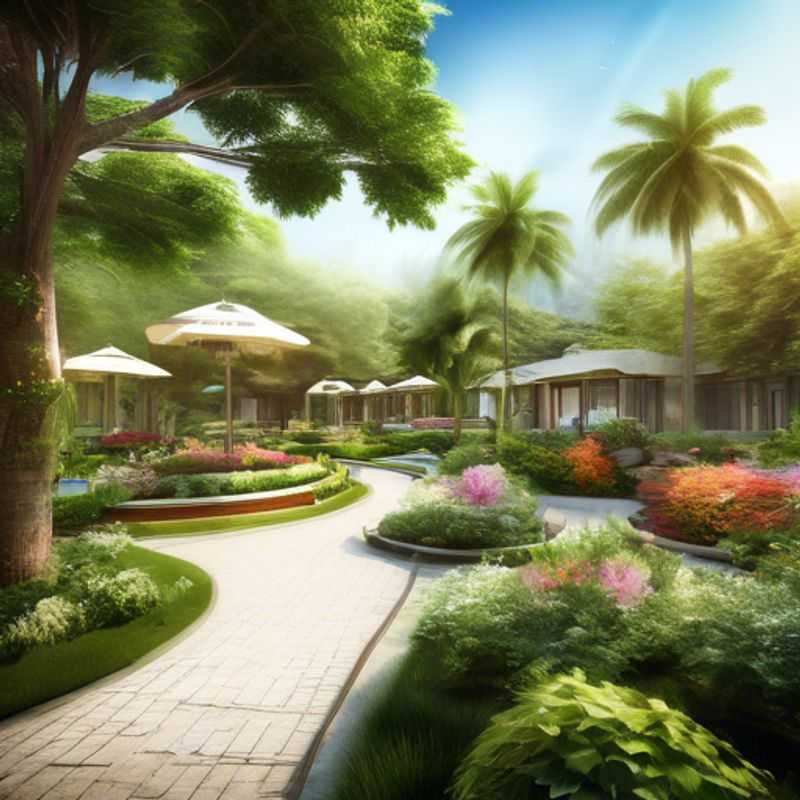
Sizing Up Your Garden: How to Choose the Right Plan for Your Space
Before you start designing your dream garden, take a moment to determine its size and layout. This crucial first step ensures you choose plants and hardscaping elements that will thrive in your space.
Start by measuring the area you're working with. Use a tape measure or a measuring wheel to get accurate dimensions of your garden space. Don't forget to account for existing structures like fences, sheds, or patios.
Next, consider the layout of your garden. Think about the placement of your house, any existing trees or shrubs, and how you'd like to move through the space. A simple sketch or drawing can help visualize your ideas and plan for pathways, seating areas, and plant groupings.
Once you have your measurements and layout, think about the overall style of your garden. Do you envision a formal, symmetrical space, or a more natural, free-flowing design? Knowing your preferred style will help guide your plant selection and hardscaping choices.
Remember that you can always enlist the help of a professional landscape designer to assist in determining the best layout and design for your space. Their expertise can be valuable when planning a larger garden, especially if you have a specific vision in mind.
By understanding your garden's size and layout, you can create a plan that's practical, beautiful, and perfectly suits your needs and preferences.
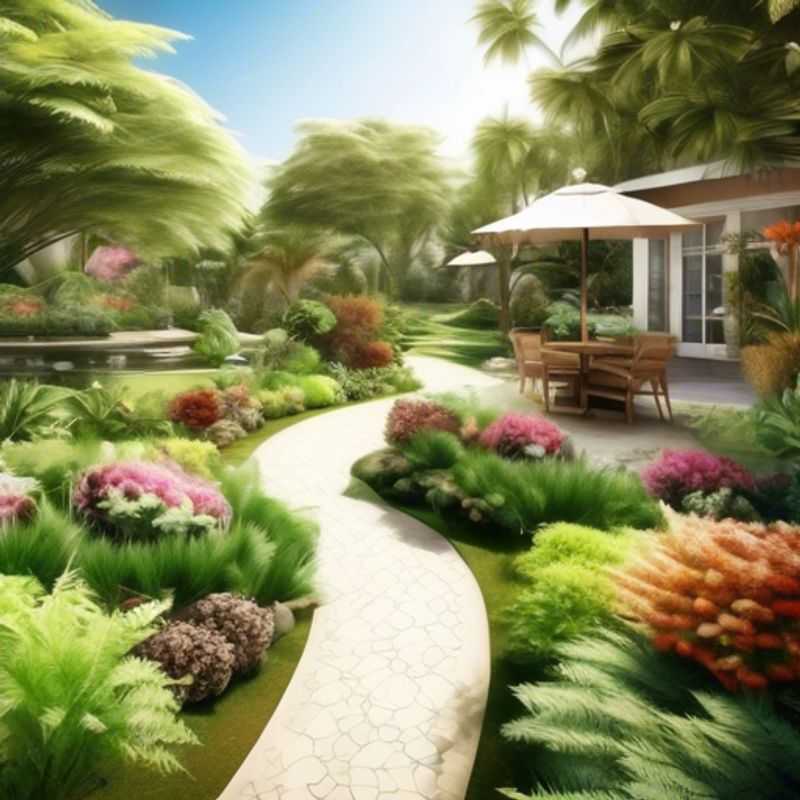
Finding Your Garden's Style: Exploring Different Design Approaches
Choosing the right garden design style can significantly enhance the beauty and functionality of your outdoor space. Here’s a quick guide to help you explore the various options and find the one that resonates with your preferences:
Formal Gardens: Characterized by symmetry, geometric shapes, and a sense of order. They often feature manicured hedges, topiary, and elaborate water features. Formal gardens are perfect for creating a sense of tranquility and elegance.
Informal Gardens: Embracing natural curves and a more relaxed aesthetic. They often feature winding pathways, mixed plantings, and a focus on creating a sense of wilderness. Informal gardens are perfect for a more natural and whimsical feel.
Cottage Gardens: Inspired by traditional English gardens. They feature a mix of colorful flowers, herbs, and vegetables, often overflowing from borders and containers. Cottage gardens are perfect for creating a romantic and charming atmosphere.
Mediterranean Gardens: Reflect the warm climate and dry landscapes of the Mediterranean region. They typically feature drought-tolerant plants, stone walls, and terracotta pots. Mediterranean gardens are perfect for a sunny and breezy outdoor space.
Japanese Gardens: Characterized by simplicity, tranquility, and a focus on natural elements. They often feature rocks, water features, and carefully chosen plants. Japanese gardens are perfect for creating a serene and contemplative atmosphere.
Tropical Gardens: Inspired by the lush landscapes of tropical regions. They typically feature exotic plants, vibrant colors, and a sense of abundance. Tropical gardens are perfect for creating a vibrant and exotic atmosphere.
Modern Gardens: Embrace clean lines, geometric shapes, and a minimalist approach. They often feature bold plantings, modern materials, and a focus on functionality. Modern gardens are perfect for creating a contemporary and sophisticated feel.
When choosing a garden design style, consider factors such as your personal preferences, the size and shape of your garden, the amount of sunlight it receives, and your budget. It’s also helpful to research different garden design styles online and visit local gardens for inspiration. Remember, there is no right or wrong answer, and the best garden design is one that you love and enjoy spending time in.
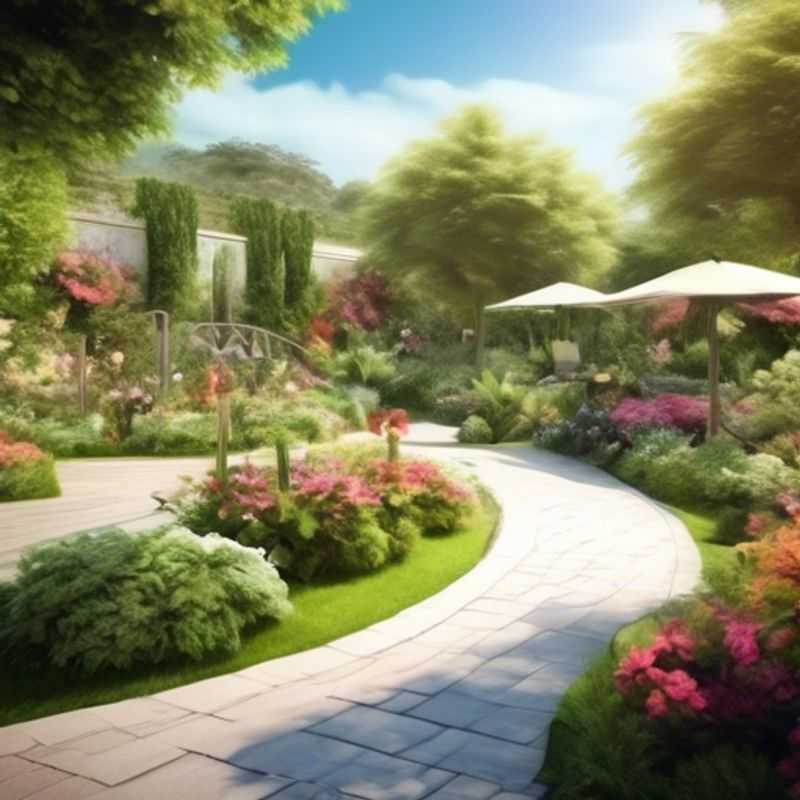
Matching Plants to Your Climate & Soil: A Guide to Successful Gardening
Consider the climate and soil conditions of your location is a crucial step when planning any outdoor activity, especially gardening or construction projects. Understanding your local climate, including average temperatures, rainfall, and frost dates, helps you choose plants and materials that thrive in your environment. Soil analysis is equally important, revealing its composition, pH level, and nutrient content. This knowledge informs your planting choices and helps you amend the soil for optimal growth. You can often obtain free or low-cost soil testing services through local universities or extension offices. Knowing the specific conditions of your location allows you to make informed decisions that ensure your project's success.

Gardening with Ease: Evaluating Maintenance Needs in Your Design
Evaluating the maintenance needs of a garden design is crucial for long-term enjoyment and success. It's about understanding the time, effort, and resources required to keep your garden thriving.
Start by considering the size and complexity of your garden. A large, diverse garden with many plants and features will demand more attention than a smaller, simpler one.
Next, assess the plant selection. Some plants are naturally low-maintenance, while others require regular pruning, fertilizing, or pest control.
Water requirements play a major role. Consider your climate and the water needs of your chosen plants. A water-wise garden design will reduce maintenance in the long run.
Don't forget the soil type. Some soils require amendments or special care, while others are naturally fertile.
Finally, take into account the design features. Features like pathways, patios, and water features require regular cleaning and upkeep.
If you're unsure about any of these factors, consulting a professional gardener or landscape designer is a wise move. They can help you create a beautiful and manageable garden that you can enjoy for years to come.
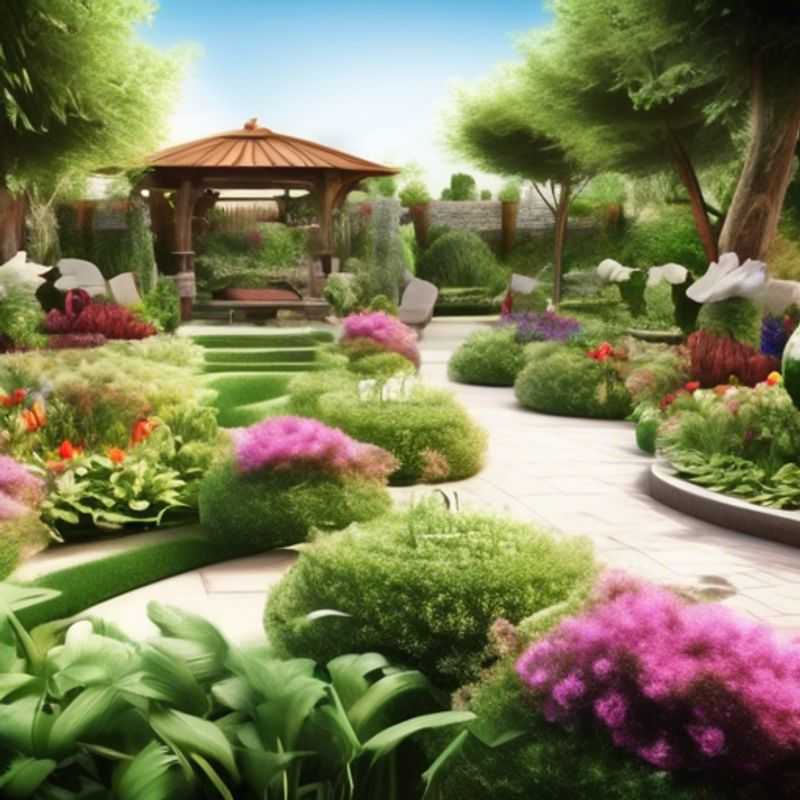
Landscaping Design: Don't Forget the Essentials: Pathways and Irrigation
When designing a landscape plan, ensuring the inclusion of necessary features like pathways and irrigation is crucial for both aesthetic appeal and functionality. Pathways provide a means of navigating the landscape, connecting different areas and enhancing accessibility. Proper irrigation systems are essential for maintaining the health and vitality of plants, especially during dry periods.
Planning pathways requires careful consideration of factors such as material type, width, and location. Popular pathway materials include gravel, stone, brick, and concrete, each offering unique aesthetic and durability characteristics. Width should be sufficient for comfortable pedestrian traffic and may vary depending on the intended use of the path. Placement should be strategic, connecting key areas and ensuring easy access to various landscape elements.
Irrigation systems are a key component of landscape maintenance. They provide a consistent and controlled water supply to plants, promoting healthy growth and reducing water waste. Common irrigation system types include drip irrigation, sprinkler systems, and soaker hoses, each with its own advantages and drawbacks. Proper design and installation are crucial for effective and efficient operation. Consideration should be given to factors such as soil type, plant water needs, and water source.
Incorporating pathways and irrigation into landscape plans ensures a functional and aesthetically pleasing outdoor space. By carefully planning and designing these elements, you can create a landscape that is both beautiful and easy to maintain. For more detailed information and resources, you can consult with a landscaping professional or research further online.
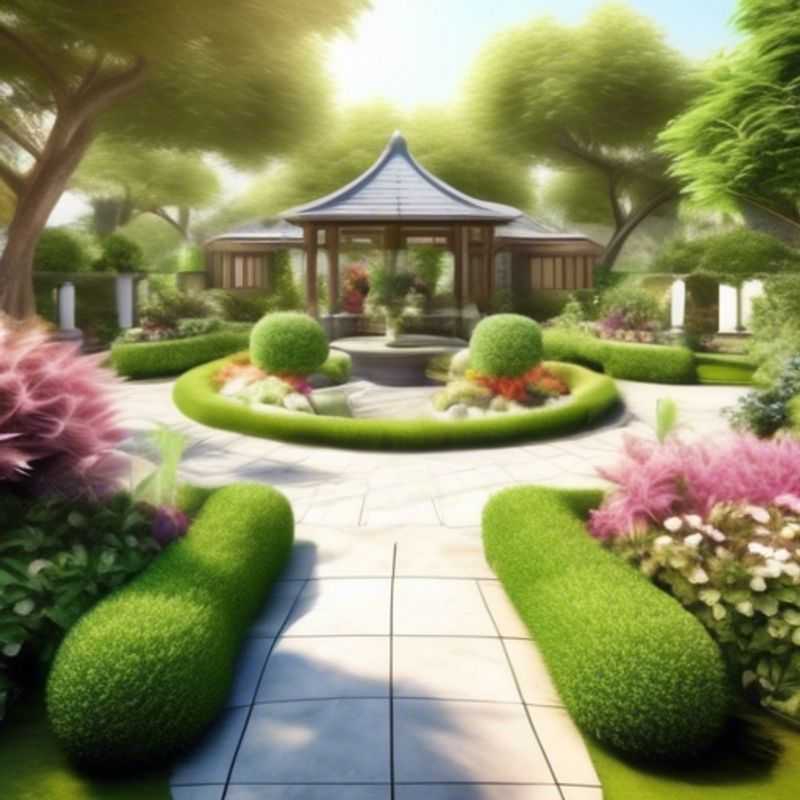
Breaking Down the Costs: Materials and Labor for Plan Implementation
When reviewing the costs of materials and labor for plan implementation, a comprehensive approach is crucial. This involves meticulously assessing every element that contributes to the overall cost. It's essential to break down the project into manageable phases, each with its distinct material and labor requirements. This allows for a more accurate and efficient cost estimation.
For material costs, consider factors such as raw materials, components, tools, equipment, and any consumables required for the project. Research current market prices for these items, taking into account any potential fluctuations and volume discounts. Don't forget to include delivery charges and any necessary taxes.
Labor costs encompass wages, salaries, benefits, and any associated overhead expenses. This includes the cost of skilled and unskilled labor, supervisors, and project managers. Consider the estimated time needed for each task and the hourly or daily rates for the respective labor categories. Remember to account for overtime costs, if applicable.
Factor in potential contingencies, such as unforeseen delays, material shortages, or unexpected labor requirements. This provides a safety buffer for potential cost overruns. Regularly monitor and update the cost estimates throughout the implementation process, adjusting for any changes in material prices or labor rates.
Document all costs meticulously, keeping detailed records of purchases, labor hours, and any additional expenses. This helps maintain transparency and accountability for the project budget. Remember, a well-defined cost estimation process lays a solid foundation for successful project execution.
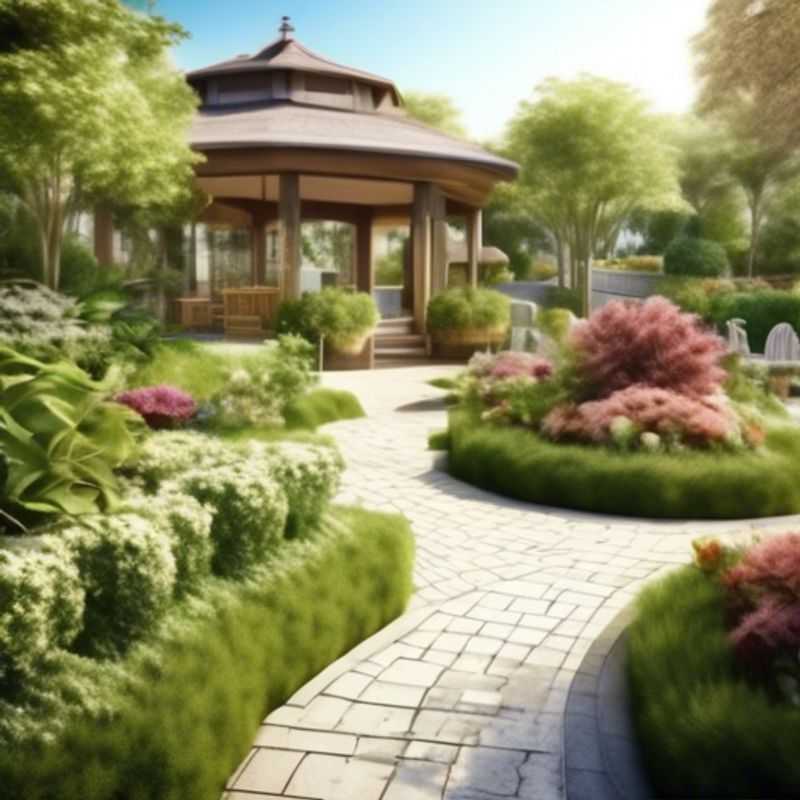
When to Call in the Pros: Landscape Design Expertise You Might Need
Consulting with a professional landscape designer can significantly enhance your outdoor space. Professional landscape designers possess the expertise to create aesthetically pleasing and functional designs tailored to your needs. They can assist in various aspects, including plant selection, hardscaping, and overall layout planning.
When estimating costs for a landscape design project, consider the following paid activities that may be included:
1. Initial Consultation Fee: Many designers charge a fee for the first meeting to discuss your vision and assess the site.
2. Design Fees: This may be a flat rate or hourly charge for creating a detailed landscape plan, which includes drawings and specifications.
3. Site Analysis: A professional may perform an in-depth analysis of your property to evaluate soil, sunlight, and drainage conditions.
4. Project Management: If you require oversight during the installation process, this service may incur additional costs.
5. Material Selection: Designers can guide you in choosing plants, stones, and other materials, often with associated costs for procurement.
6. Maintenance Plans: Some designers offer ongoing maintenance services to ensure your landscape thrives long-term.
In summary, consulting with a landscape designer can provide valuable insights and save time, ensuring that your outdoor space is both beautiful and functional. For further information, consider researching specific designers and their services online.
